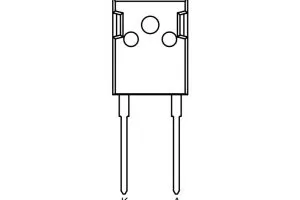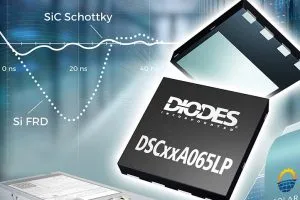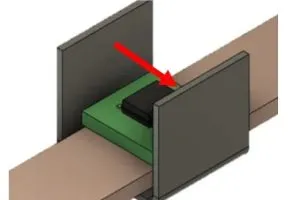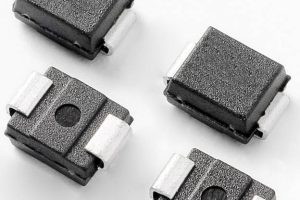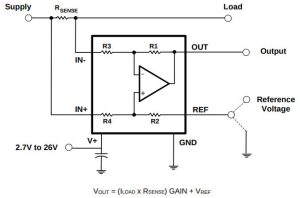
Called the ZXCT21xQ family, there are six gain options:
- 50V/V ZXCT213Q
- 75V/V ZXCT215Q
- 100V/V ZXCT214Q
- 200V/V ZXCT210Q
- 500V/V ZXCT211Q
- 1kV/V ZXCT212Q
Inside is a ‘zero-drift’ topology. Each type has A, B and C variants that offer a choice of input offset and gain linearity. C-types are the most precise as all have 0.5% gain linearity, and 200, 500 and 1,000V/V parts exhibit ±35μV input maximum offset (±550nV typical). 10ppm/°C maximum gain error drift is specified in all parts.
Operation is across 2.7V to 26V supplies (100μA max quiescent) and -40 to +125°C, and shunt drops down to 10mV full-scale are supported.
This is a slow device, with bandwidth measured in kHz and a 0.4V/µs slew rate. Where high-bandwidth differential input signal are expected, an RRC input filter can be implemented with a series resistor (up to 10Ω to retain accuracy) in each input lead and a capacitor across the inputs. “Ideally, select the capacitor to exactly match the time constant of the shunt resistor and its inductance,” said Diodes.
Packaging is 2 x 2.1mm 6pad SOT363.
All parts are AEC-Q100 Grade 1 qualified for automotive use, manufactured in IATF 16949 certified facilities, and support PPAP documentation.
Automotive applications include current sensing in brush-less dc motor controllers, dc-dc converters, on-board chargers, battery management systems, automated driving unit power supplies and wireless phone chargers.
The ZXCT21xQ product page can be found here, and its data sheet here
 Electronics Weekly
Electronics Weekly
